The Armory Show at 100: An Introduction to the Catalogue
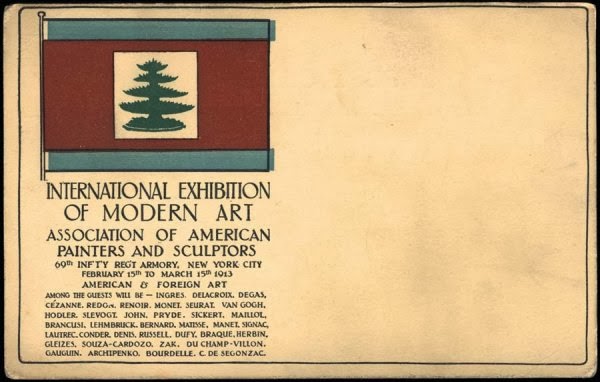
This is the first in a series of posts about Swann’s upcoming November 5 auction titled The Armory Show at 100: America’s Introduction to Modern Art.
The following essay by Todd Weyman, Swann’s Director of Prints & Drawings, comes from the catalogue, which is filled with fascinating write-ups on the historic show exhibited at the 69th Regiment Armory on Lexington Avenue, across 25th Street from Swann Galleries.
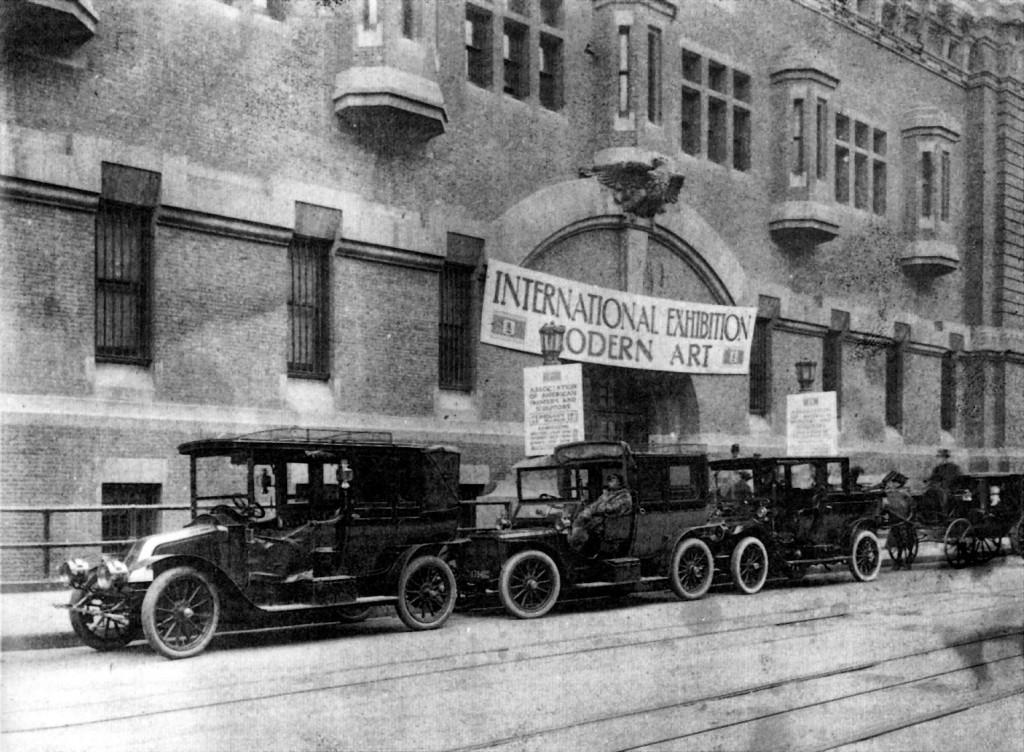
Few New Yorkers today, let alone the throngs of tourists who visit the Madison Square Park area daily, are likely aware of the momentous exhibition that took place 100 years ago just blocks away at the nondescript 69th Regiment Armory on Lexington Avenue and 25th Street. This show, called the International Exhibition of Modern Art, or colloquially as the Armory Show, ran in New York from February 15 to March 15, 1913 (and then went on to Chicago and Boston). I am reminded of the Armory Show nearly every workday, as I look out my office window across 25th Street at the Armory that held the exhibition. Save for a small plaque signaling the historical significance of the exhibition at the Lexington Avenue entrance, there is no other indication of the watershed moment in 1913 that changed the way Americans–and the world–viewed what came to be known as the first modern art of the era.
Those who are familiar with the Armory Show, perhaps through college art history courses or various museum exhibitions, are probably aware of the controversy played up by the press at the time, which was focused primarily on a handful of works by then “subversive” (and now significantly accepted, if not revered) artists Marcel Duchamp, Henri Matisse and Paul Cézanne, and the artistic movements they belonged to: Cubism, Fauvism and Post Impressionism. These artists represented a major shift in style from the academic, Victorian-tinged art that most Americans were used to seeing, and the press’s hostility toward these modern art movements stirred up controversy with sensational effect. Had it not been for the widespread distaste for the Armory Show trumpeted by the press, it might not have made the impact that it did on many viewers–80,000 of whom visited the show during its month-long run in New York alone (supporting the dictum that there is no such thing as bad publicity).
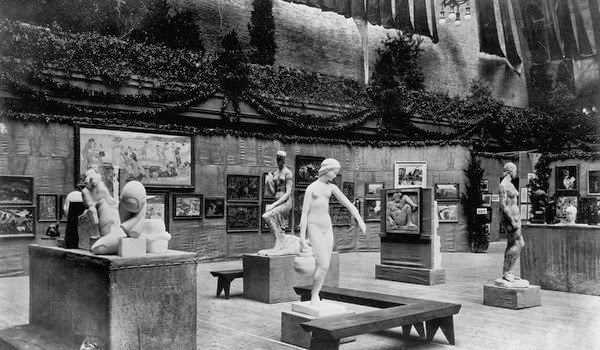
Echoing the sentiment of the time, artist and outspoken critic Kenyon Cox contributed a major article on the Armory Show to Harper’s Weekly (the USA Today of the era) in which he advised the public against finding any value in the modern art at the show. “If your stomach revolts against the rubbish it is because it is not fit for human food” he wrote. “Let no man persuade you to stuff yourself with it.” What gets lost in the often remembered controversy surrounding the show, however, is the herculean task accomplished by its organizers to bring together more than 1300 works of art from across Europe and the United States in a year. They mounted the exhibition in just months and then packed it all up and relaunched the show in two subsequent cities—all of this in an age before computers and with only the most basic means of electronic communication.
Swann has been planning the auction to celebrate the centennial of the Armory Show for well over a year, and in the shadow of the Armory building, where Swann has been located for decades, we are well aware of the hallowed street we share with this once prominent artistic space in New York. While it might have often felt like a massive task, we benefited from all the technological advantages of our day and, of course, the gift of hindsight.
As the auction and accompanying catalogue have come together over the year, I am thankful to the public institutions in and around New York that have mounted centennial exhibitions themselves in honor of the Armory Show, in particular (and chronological order) the Heckscher Museum of Art, Huntington, New York (Modernizing America: Artists of the Armory Show, December 8, 2012-April 14, 2013); the Montclair Art Museum, Montclair, New Jersey (The New Spirit: American Art in the Armory Show, 1913, February 17, 2013-June 16, 2013); the International Print Center New York (1913 Armory Show Revisited: The Artists and their Prints, March 23, 2013-May 23, 2013); and the New-York Historical Society Museum & Library (The Armory Show at 100: Modern Art and Revolution, October 11, 2013-February 23, 2014). These exhibitions were the models and foundations upon which we built our centennial tribute to the original exhibition, a first for any auction house.
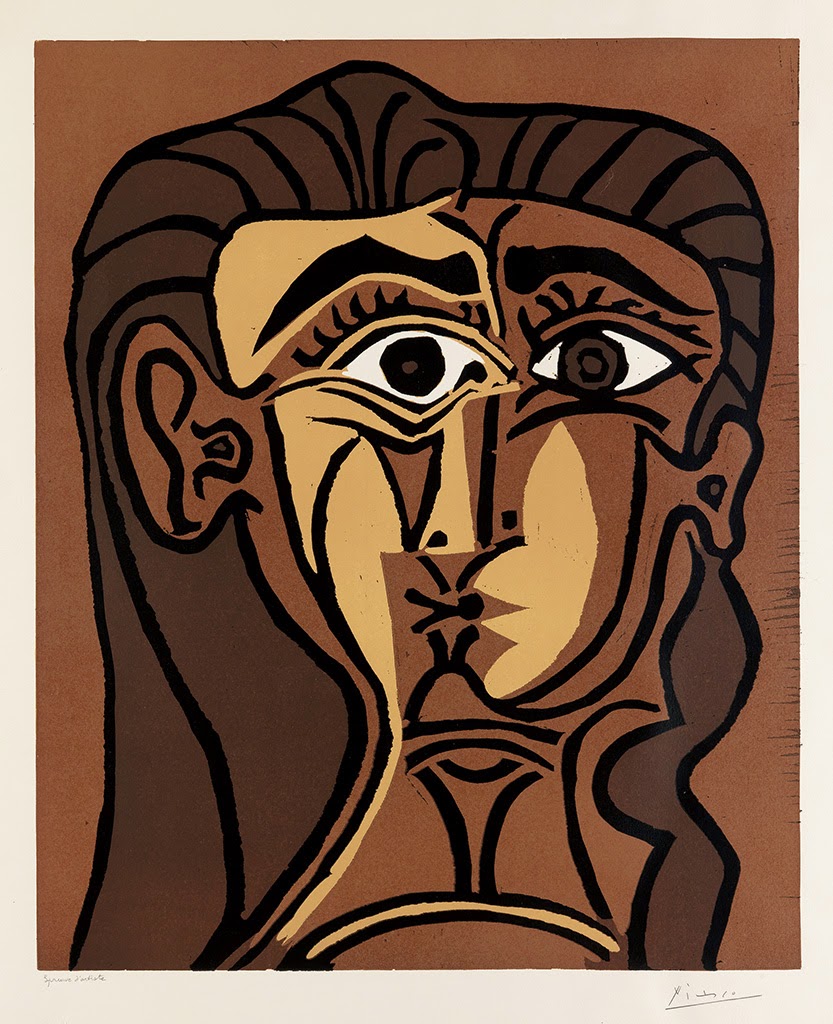
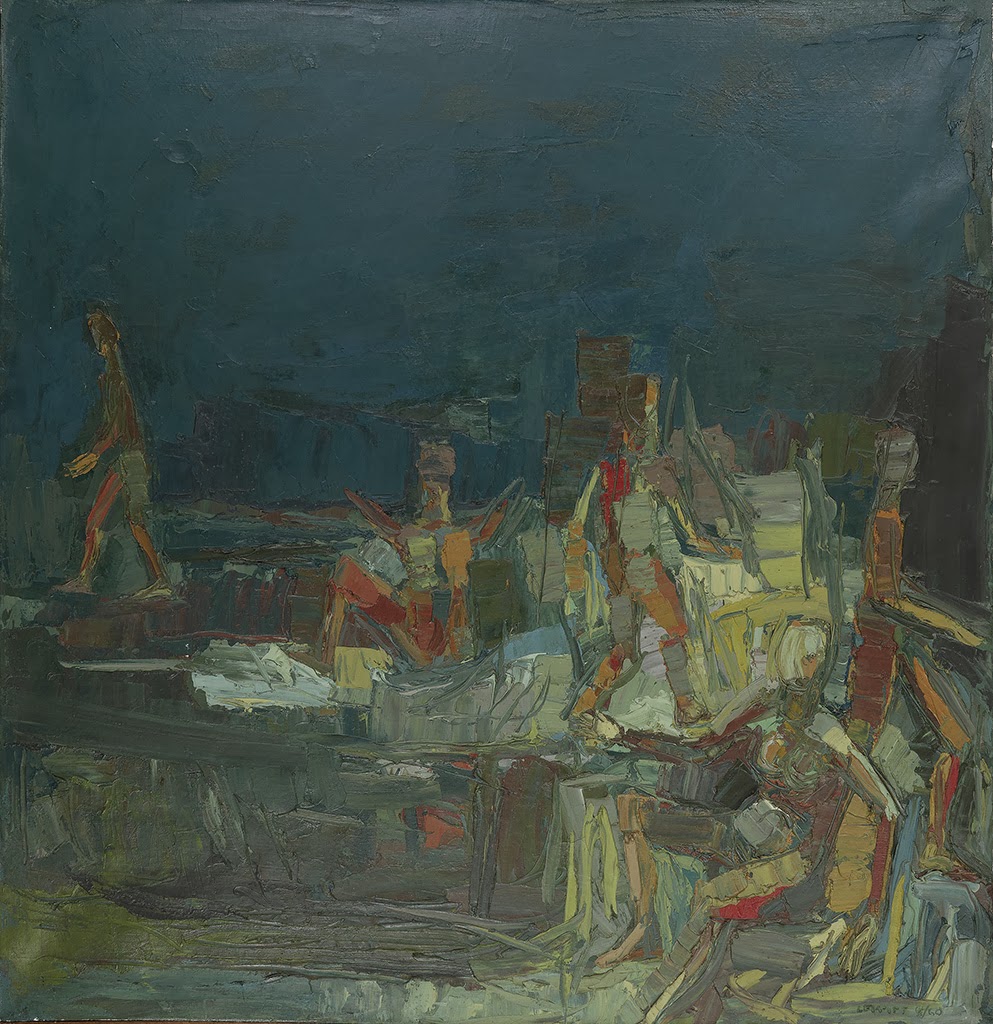
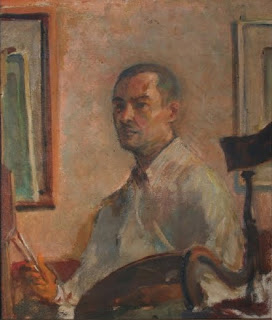












![Grace Meschery-McCormack shares about two copies of Fernando de Rojas’s ‘La Célestine,’ including a limited edition copy illustrated by Pablo Picasso.
At auction April 22. Learn more about the works at the link in our bio.
#Rarebooks #rarebookdealer #antiquarianbooks #auctions
_______________________________________
Music Credit:
Schubert - Piano Quintet in A major ‘The Trout’, D. 667 - IV. Andantino – Allegretto
Music provided by Classical Music Copyright Free on Youtube [https://tinyurl.com/visit-cmcf]
Watch: • Schubert - Piano Quintet in A major ‘...]](https://scontent-iad3-1.cdninstagram.com/v/t51.75761-15/491443494_18499096345036585_5935932878956098058_n.jpg?stp=dst-jpg_e35_tt6&_nc_cat=107&ccb=7-5&_nc_sid=18de74&_nc_ohc=Kjf2AzWLeY8Q7kNvwEQYrfY&_nc_oc=Adn_Uzi4Nwl1nHCsTtuLCIkthuYOWwKedtxovtcdMSYhpbHQGScR7QSzzN2rD0v-khE&_nc_zt=23&_nc_ht=scontent-iad3-1.cdninstagram.com&edm=AM6HXa8EAAAA&_nc_gid=IbcSqAQUVpdaO9JWi-44pg&oh=00_AfJSqMxcJpH4q9h9WDsPEY5foV5lT7WggsaS36MyZDbjdA&oe=68217E51)


